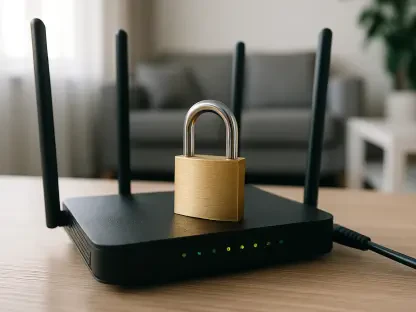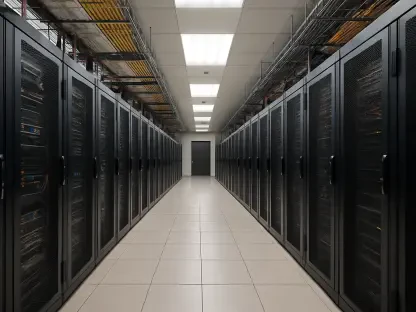Introduction
In an era where cyber threats evolve at an unprecedented pace, businesses face mounting pressure to safeguard their digital assets while maintaining operational agility—a challenge that has never been more critical with attack surfaces expanding across remote workforces and cloud environments. Endpoint security and network monitoring stand as the frontline defenses for organizations, yet the complexity of modern IT ecosystems often leaves vulnerabilities exposed. As threats like supply chain attacks and AI-driven malware become more sophisticated, staying ahead requires not just reactive measures but proactive, intelligent strategies that integrate seamlessly into business operations.
This editorial dives into the latest advancements in these critical areas, focusing on how emerging technologies and strategic approaches address B2B challenges. It explores the convergence of automation, specialized solutions, and collaborative ecosystems, offering insights into their impact on risk mitigation and operational resilience. For decision-makers in IT and cybersecurity, understanding these developments is essential to building robust defenses without compromising efficiency. The discussion ahead aims to equip professionals with actionable knowledge to navigate this dynamic landscape, prioritizing outcomes over mere technical features.
Evolving Strategies for Robust Defense
The integration of artificial intelligence and automation marks a pivotal shift in endpoint security and network monitoring, transforming how businesses detect and respond to threats. Traditional manual processes often fail to keep pace with the volume and sophistication of attacks, leading to delayed responses and increased risk. AI-driven tools, such as those enhancing root cause analysis, enable faster identification of issues by sifting through vast data sets to pinpoint anomalies, ultimately reducing mean time to resolution. This capability directly translates to minimized downtime and preserved business continuity, a priority for any enterprise managing complex digital infrastructures.
Beyond speed, the push for accessibility in security solutions addresses a significant barrier for many organizations—limited expertise and resources. Simplified tools, like those offering white-box cryptography for application security, empower development teams to implement advanced protections without needing specialized skills. This democratization is particularly vital for small and medium-sized enterprises, where dedicated cybersecurity teams may not exist. By lowering the entry threshold, such innovations ensure broader adoption of best practices, strengthening overall security posture while optimizing budget allocations for other critical areas.
Collaboration through strategic partnerships and acquisitions also plays a crucial role in building comprehensive defense mechanisms. Integrated platforms that unify data across security operations centers streamline investigations and enhance visibility, addressing the fragmentation that often hinders effective threat response. For instance, combining endpoint detection with network monitoring capabilities creates a holistic view of potential risks, enabling quicker, more informed decisions. This trend underscores a key business outcome: the ability to tackle multifaceted threats through ecosystems of complementary technologies, rather than isolated tools, ensuring scalability and adaptability in ever-changing threat landscapes.
Conclusion
Looking ahead, the trajectory of endpoint security and network monitoring points toward deeper integration of intelligent technologies and collaborative frameworks, promising enhanced protection for businesses navigating digital complexities. Decision-makers should prioritize solutions that not only address current vulnerabilities but also anticipate future risks, particularly in emerging areas like AI workloads and cloud-native environments. Evaluating partnerships and accessible tools will be key to sustaining resilience without overburdening resources. The focus must remain on measurable outcomes—reduced risk, improved efficiency, and uninterrupted operations—as the foundation for long-term cybersecurity success.









